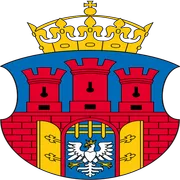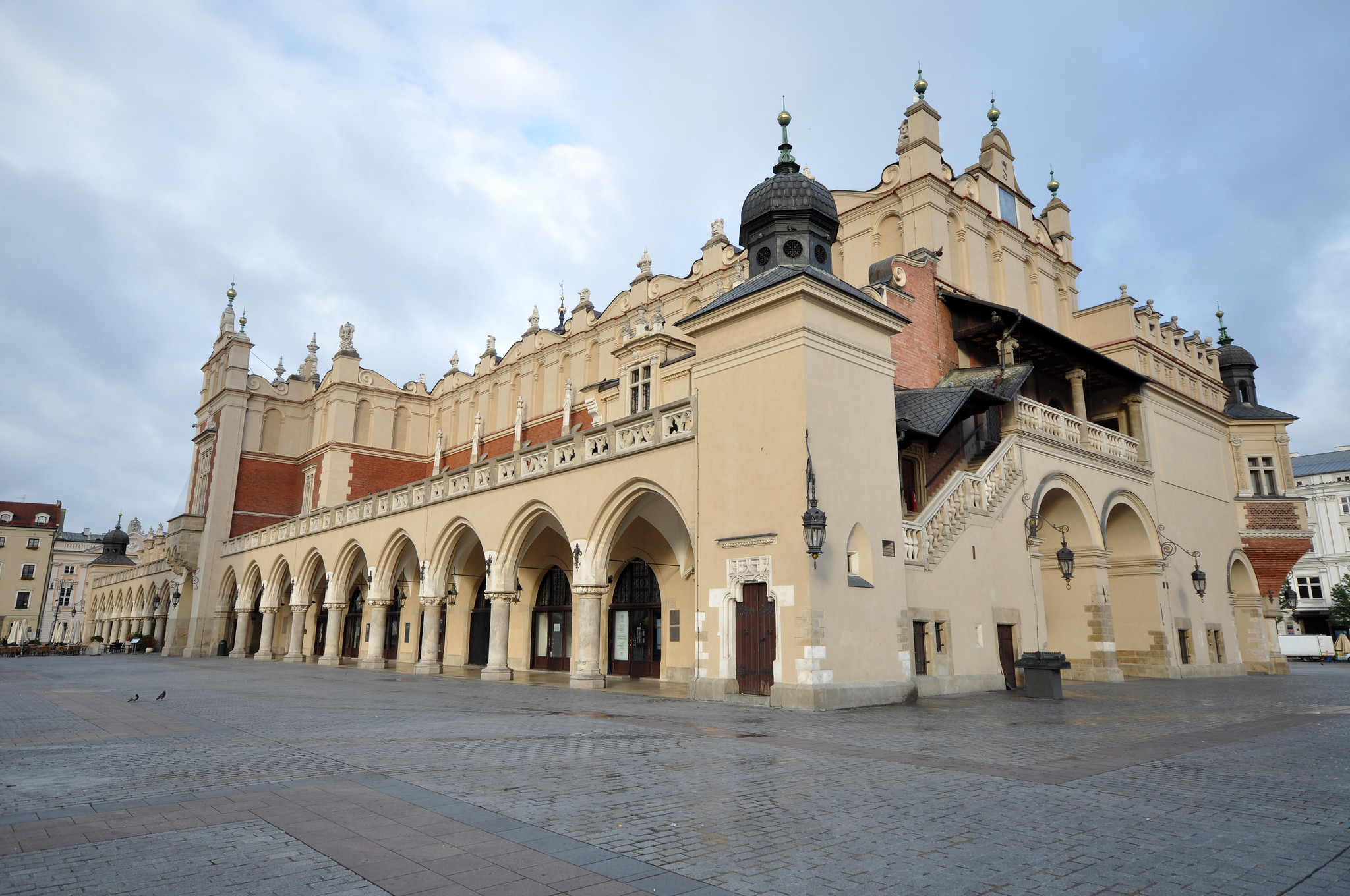The Cloth Hall, or Sukiennice in Polish, stands as a testament to Krakow’s rich history and architectural evolution. This iconic structure, located in the heart of the city’s Main Market Square, has undergone numerous transformations since its inception in the 13th century, reflecting the changing tastes, needs, and influences of each era.
Originally constructed as a simple row of wooden stalls, the Cloth Hall served as a bustling center for textile trade in medieval Krakow. As the city’s commercial importance grew, so did the need for a more permanent and impressive structure. In the mid-14th century, King Casimir III the Great commissioned the construction of a Gothic-style stone building to replace the wooden stalls. This new iteration of the Cloth Hall featured two parallel halls with stalls for merchants, creating a covered marketplace that protected traders and their wares from the elements.
The Gothic Cloth Hall stood proudly for over two centuries, but like many buildings of its time, it fell victim to fire in 1555. This disaster, while devastating, paved the way for the next phase in the building’s architectural journey. The city council, recognizing the importance of the Cloth Hall to Krakow’s economy and identity, quickly set about rebuilding it. This time, they enlisted the talents of Italian Renaissance architects, who were in high demand across Europe at the time.
The result was a stunning blend of Gothic and Renaissance styles, with the addition of a decorative attic featuring masks of grotesque faces and an arcaded loggia. This new design not only served its practical purpose as a trading center but also became a symbol of Krakow’s prosperity and cultural sophistication. The Renaissance Cloth Hall, with its elegant arches and ornate detailing, became a model for other European market halls and a source of civic pride for Krakovians.
As the centuries passed, the Cloth Hall continued to evolve. In the early 19th century, during the period of Austrian rule, the building underwent further modifications. The arcade was enclosed with neo-Gothic windows, and additional decorative elements were added to the façade. These changes reflected the romantic fascination with medieval architecture that was sweeping across Europe at the time.
The most significant renovation of the Cloth Hall took place in the late 19th century under the guidance of Polish architect Tomasz Pryliński. This extensive project aimed to restore the building to its Renaissance glory while also adapting it to serve new functions. The ground floor remained a commercial space, but the upper floor was transformed into a gallery for Polish art. This renovation also saw the addition of the distinctive arcaded gallery that runs along the building’s exterior, providing a sheltered walkway for visitors to admire the square.
Today, the Cloth Hall continues to be a vibrant part of Krakow’s urban landscape. Its ground floor houses souvenir shops and cafes, while the upper floor is home to the Sukiennice Museum, a branch of the National Museum in Krakow. The building’s exterior, with its blend of Gothic, Renaissance, and neo-Gothic elements, serves as a visual history lesson, telling the story of Krakow’s architectural evolution over the centuries.
As visitors wander through the arcades or admire the Cloth Hall from the bustling Main Market Square, they’re not just looking at a beautiful building – they’re witnessing the culmination of over 700 years of history, art, and commerce. The Cloth Hall stands as a symbol of Krakow’s resilience and adaptability, a structure that has reinvented itself time and again while remaining at the heart of the city’s identity. Its enduring presence and ongoing evolution ensure that it will continue to captivate and inspire for generations to come.
The Cloth Hall, or Sukiennice, stands as an enduring symbol of Kraków’s rich history and architectural heritage. This Renaissance masterpiece has evolved from a medieval trading center to a cultural landmark, housing museums and shops. Its iconic arcades, ornate façade, and central location in the Main Market Square make it a focal point for tourists and locals alike. The Cloth Hall’s ability to adapt and remain relevant through centuries of change underscores its significance as both a historical treasure and a living part of Kraków’s vibrant urban landscape.

